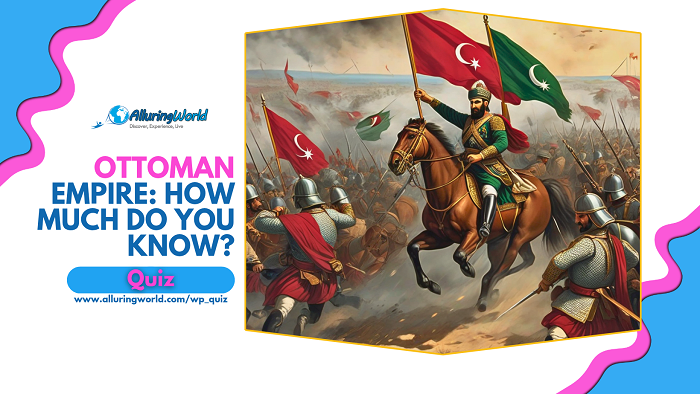Which city did the Ottomans conquer in 1453, marking a turning point in their rise to power?
This marked the end of the Byzantine Empire and the rise of Ottoman dominance in the region.
What was the name of the elite Ottoman infantry corps?
They were slave soldiers converted to Islam and formed a powerful military force.
Which Ottoman sultan is considered the most powerful and is often referred to as "The Magnificent"?
His reign witnessed the peak of Ottoman power and cultural achievements.
What was the primary religion of the Ottoman Empire?
The Ottoman Empire was an Islamic caliphate.
What architectural masterpiece is considered a symbol of Ottoman power and Islamic architecture?
Originally a Byzantine church, it was converted into a mosque after the Ottoman conquest.
Which of these was NOT a significant territory under Ottoman rule?
The Ottoman Empire primarily focused on the Middle East, North Africa, and parts of Europe.
What was the devshirme system?
This system provided the Ottoman Empire with a loyal and skilled elite.
What was the main cause of the decline of the Ottoman Empire?
Factors like political instability, economic decline, and rising nationalism weakened the empire.
Who were the chief rivals of the Ottoman Empire in Europe?
The Ottomans and the Habsburgs engaged in numerous wars for centuries.
What is the modern-day country where the Ottoman Empire originated?
Today, Turkey is the modern day country that holds this title.
What was the main source of revenue for the Ottoman Empire?
The empire relied heavily on taxes collected from its vast territories.
Which Ottoman sultan is associated with the construction of the Süleymaniye Mosque?
This mosque is considered a masterpiece of Ottoman architecture.
What was the name of the Ottoman naval battle against the Holy League in 1571?
The naval battle of Lepanto, fought in the Ionian Sea on 7 October 1571, was a crushing victory for the 'Holy League' (an alliance of Catholic maritime states) over the Ottoman Empire, which saw most of its fleet sunk or captured.
How did the Ottoman Empire contribute to cultural exchange?
The Ottoman Empire was a multi-ethnic and multi-religious empire that fostered cultural diversity.
What was the main impact of the Ottoman Empire on European history?
The Ottoman Empire played a significant role in European history, impacting its political, economic, and cultural development.

